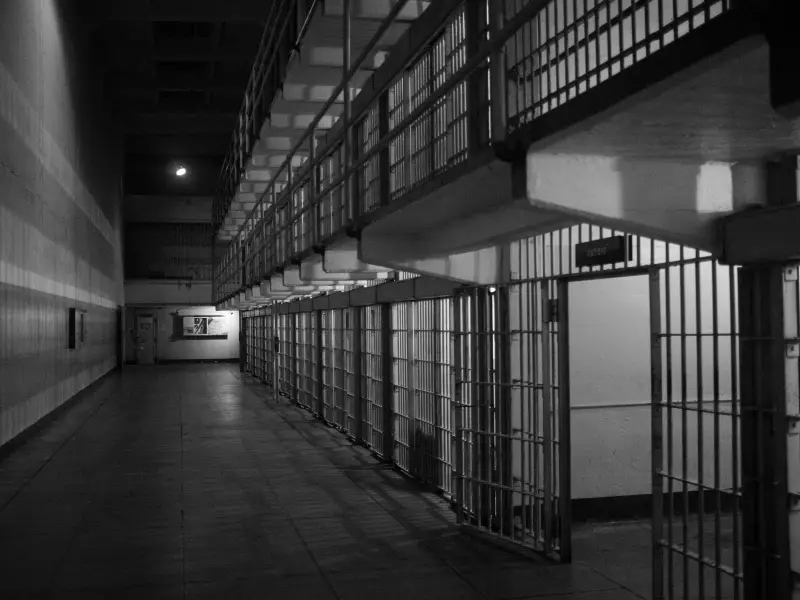
What to Expect on your First 24 Hours in County Jail
April 18, 2019
How to Find Out if Someone Has Been Arrested
April 18, 2019The United States is unique for many reasons, but one of the reasons is quite unexpected. Per capita, the United States has more people incarcerated than any other country on earth. This has been discussed and addressed in some unique ways over the years, with a mass release from California’s overcrowded prisons less than ten years ago for health and safety reasons, but how was it decided who was safe to release and who should be kept behind bars?
These questions are still not totally answered. While California may have temporarily solved their problem there are other states that have concerns. The states with the most prisons include California, Texas, North Carolina, and New York, but Louisiana holds the record for most people incarcerated per capita.
With so many people incarcerated, it can be difficult to know what is true and what is rumor about release and incarceration overall. Below are a few myths about the prison and jail system that are simply not true.
Crime has gone down because of jail and prison terms
While on the surface this makes total sense, it is unlikely to be accurate. The US crime rate is significantly lower than in previous years, but this is not necessarily due to the number of incarcerations. This is more likely due to programs that are reaching people sooner, such as diversion programs or gang task forces that help members get out before too much violence occurs, and possibly even due to changes in drug laws. Even if ten percent of the drop in crime was due to incarcerations, it does not explain the numbers beyond this.
Prison populations are on the rise
This statement seems to support the first myth, but it is not fully accurate. While prison populations are on the rise it is not because more people are going to prison, but that more are staying in prison for longer terms. With the three strikes rule, many more of those incarcerated are there for life without a chance of parole. These longer prison terms tend to result in those who do get out recommitting crimes. This is due to a lack of being able to find a job and institutionalization. While it is normal for people to think about getting caught if they commit a crime, they often do not really consider the punishment or potential length of incarceration.
Reentry programs as a form of support
When someone has been incarcerated and is then returned to society, they will likely struggle. A prison sentence, especially a lengthy one, makes it harder to gain employment and comes with a stigma. While reentry programs may help some, the limited amount provided for such programs can do little to overcome a lifetime of struggles. Those who are incarcerated would have better been served by prevention and treatment where possible. Sadly, at least half of all people who have been in prison will return within three years of release.
Some races are more likely to commit crimes.
There is always a bit of truth in every myth. While African Americans and Latinos do commit more crimes, this has nothing to do with race and is more due to socioeconomic disadvantages over time. While the disparity in incarceration is most obvious as related to drugs, it is often that drugs are less likely to be searched for in higher socioeconomic areas and in Caucasian households. African Americans are also more likely to receive longer sentences overall. This leads to the final myth.
Racial prejudice in the legal system
Though racism still comes to light in the judicial system, there are other factors at play when being sentenced to incarceration. Laws that require higher sentences for drugs in a school zone, disproportionately affect those that live in overcrowded areas that also have more school zones. This means that even if they deserved a shorter sentence, they are required a longer one by law. This is further expounded by programs that support law enforcement and the building of prisons instead of prevention programs that could make a bigger difference.
These myths about the system of incarceration have been around for many years and will probably continue to stick around until real change occurs. If you find yourself or a loved one involved in the prison system and want more information about a particular prison or jail, click here.



